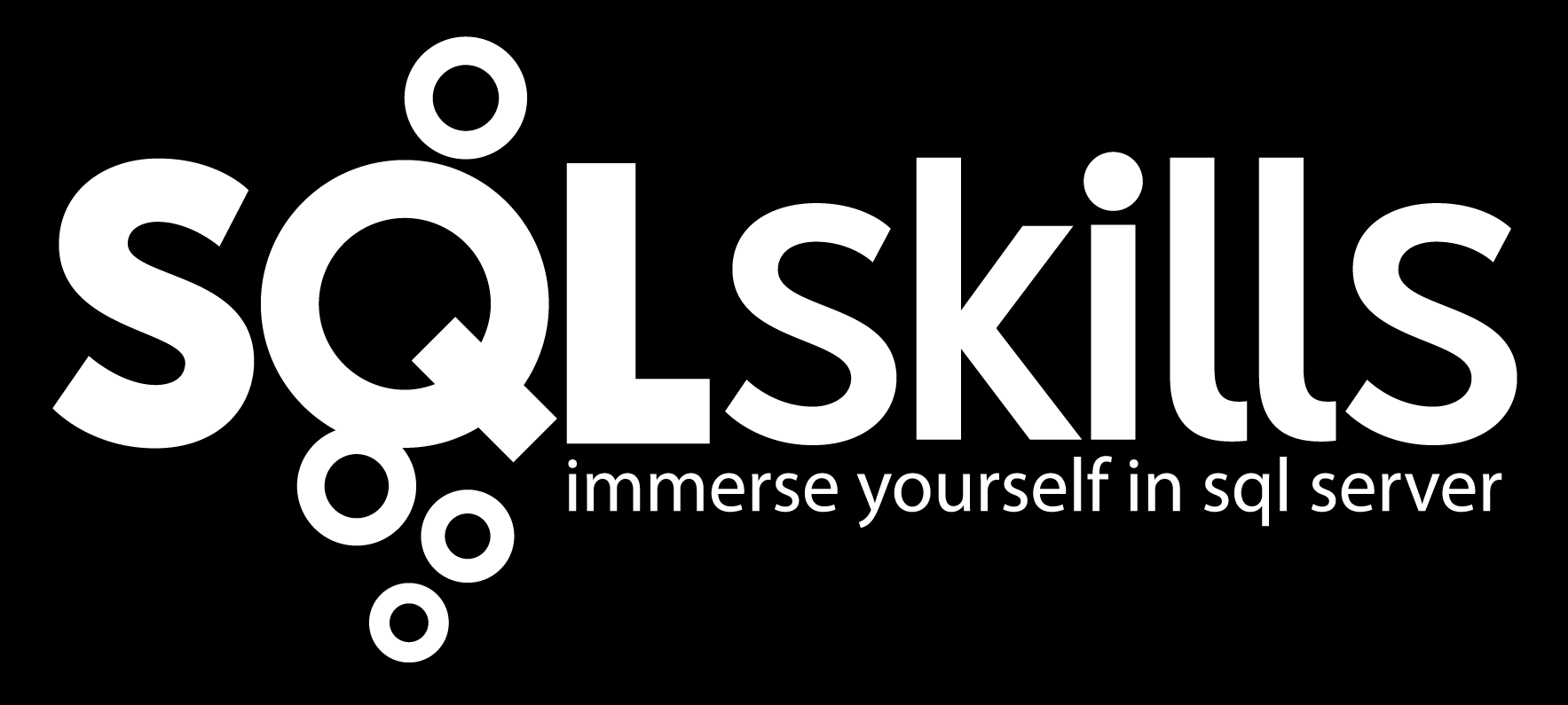ORDPATH is a hierarchical labeling scheme used in the internal implementation of the XML data type in SQL Server 2005. It's meant to provide optimized representation of hierarchies, simplify insertion of nodes at arbitrary locations in a tree, and also provide document order. It's described in the academic whitepaper "ORDPATHs: Insert-Friendly XML Node Labels". In addition to being used internally when the XML data type is stored, its also part of the key of the PRIMARY XML INDEX, used to speed up XQuery. It's an implementation/specialization of the path enumeration model of representing hierarchies in relational databases, mentioned in Joe Celko's book "Trees and Hierarchies in SQL".
In SQL Server 2008, there are additional uses of ORDPATH. There is a new system data type HierarchyID, that will likely use ORDPATH in its implementation. This allows simply hierarchies to be represented as relational column and provides methods that optimize common hierarchical operations (like parent, child, sibling, ancestors, descendants) without being concerned about the intricacies of elements and attributes.
In addition to representing and indexing XML and hierarchies, Michael Rys mentioned at his TechEd chalktalk on spatial data that the spatial data types may be indexed using a multi-level grid system and that these indexes would also use ORDPATH. Since neither HierarchyID or spatial types are in the current CTP of SQL Server 2008, we'll have to wait a bit to see if this is truly "ordpath everywhere".
